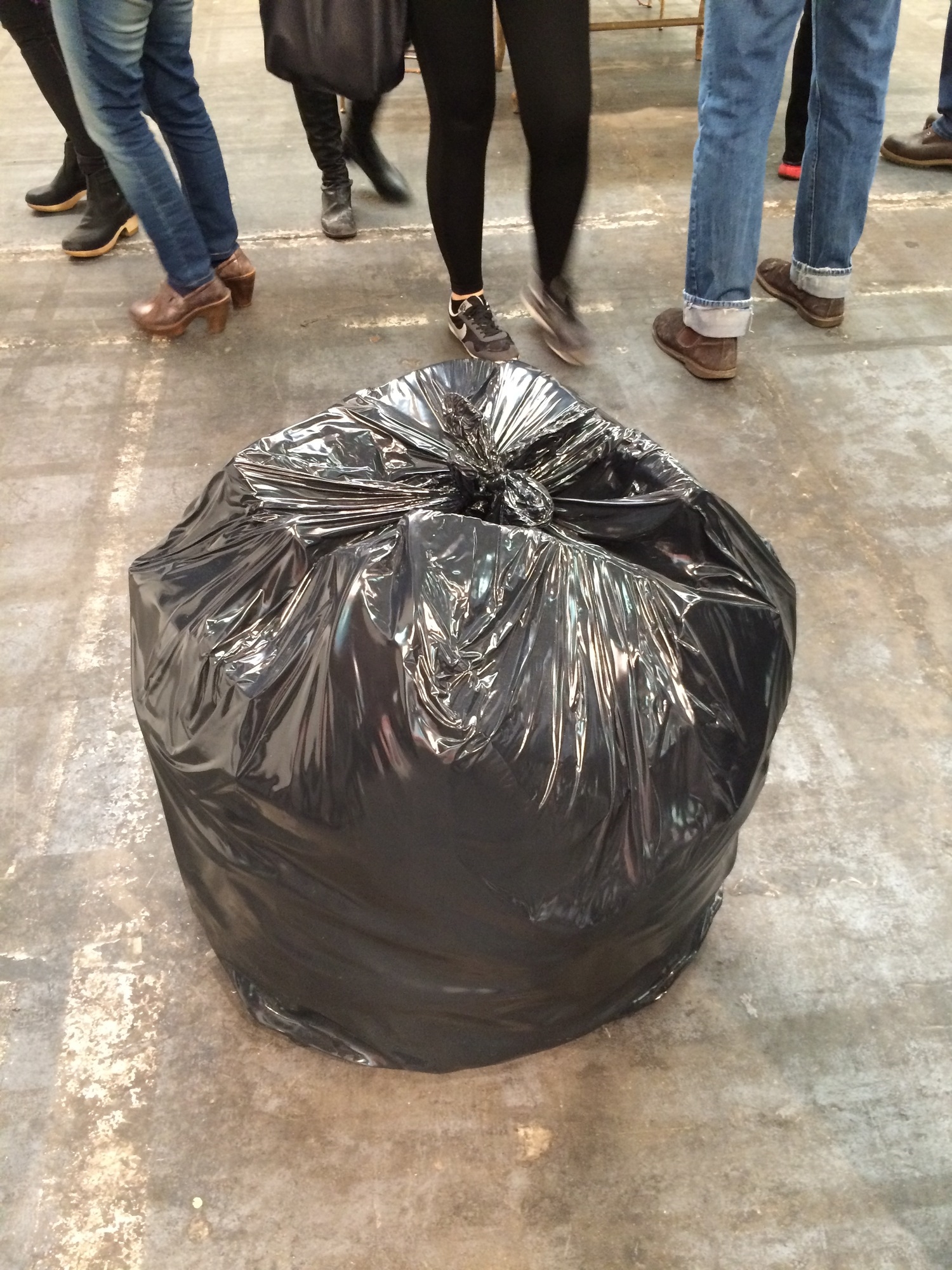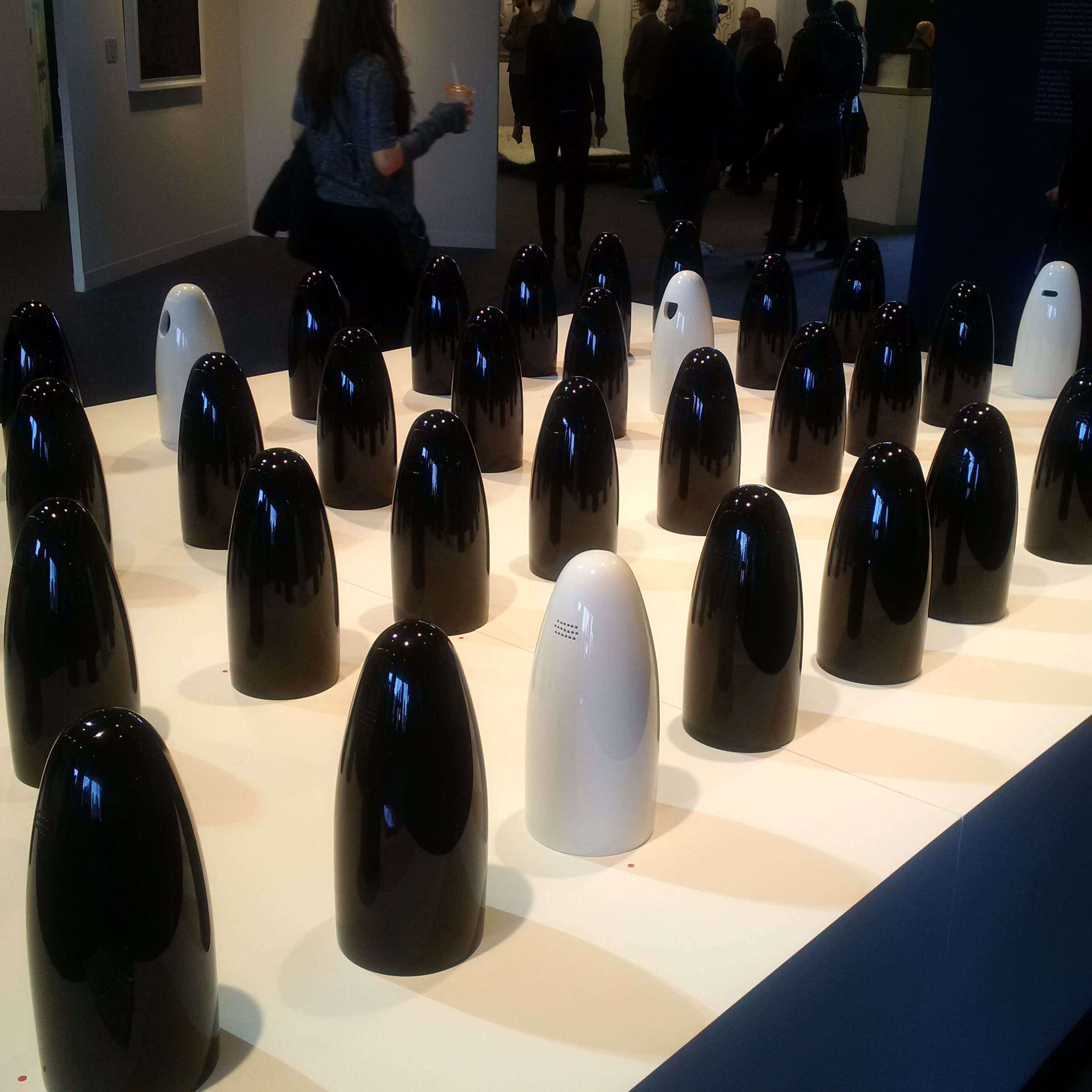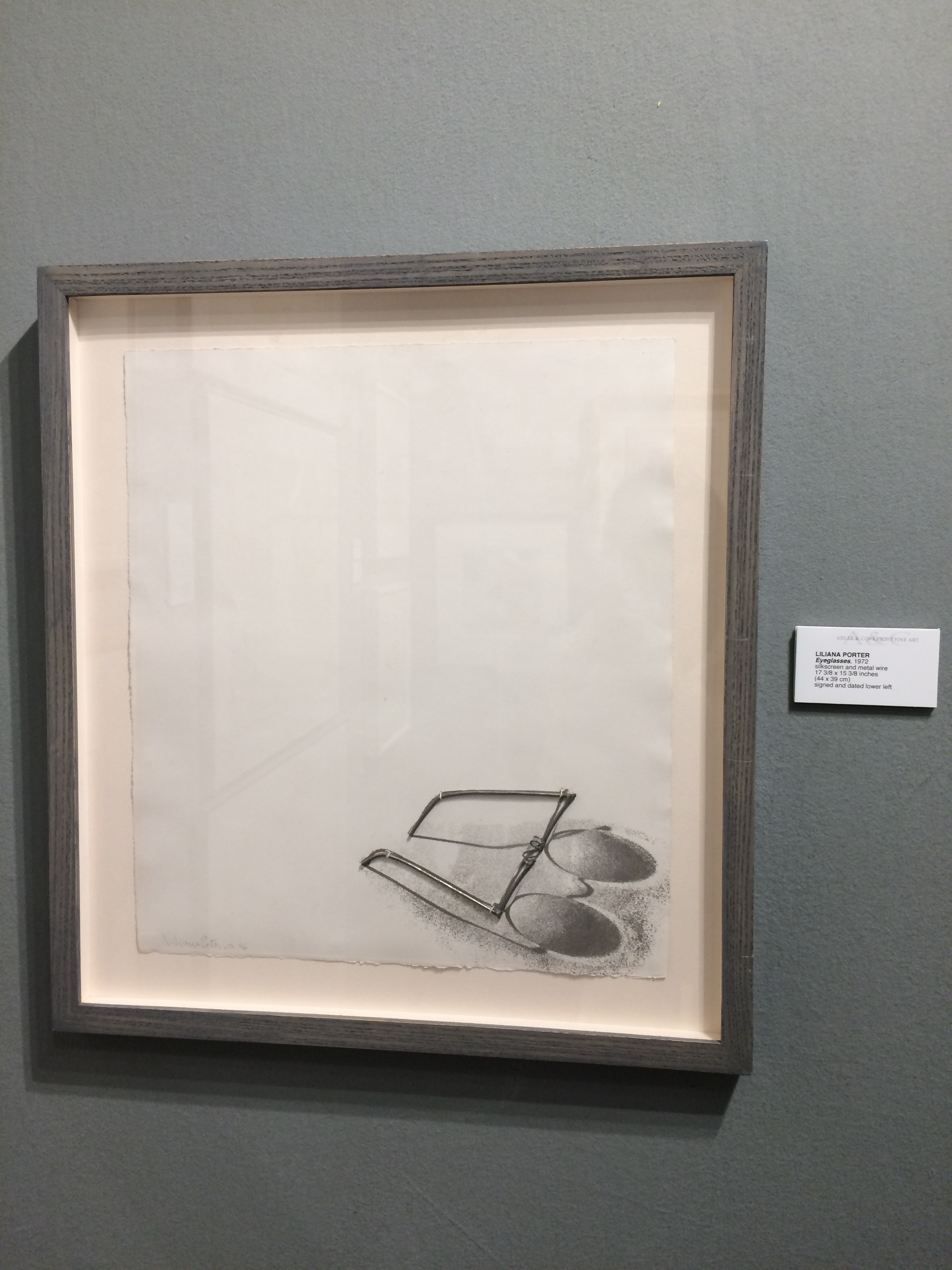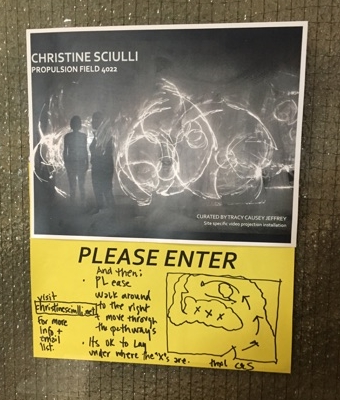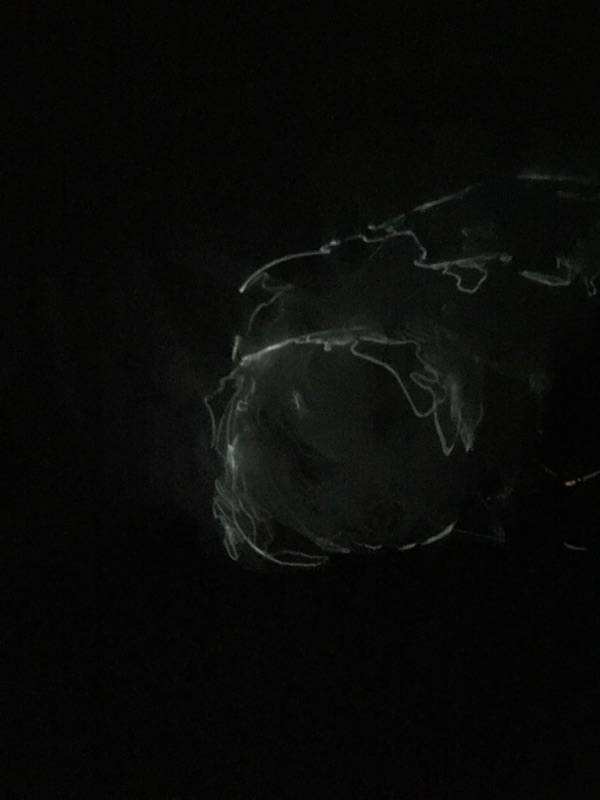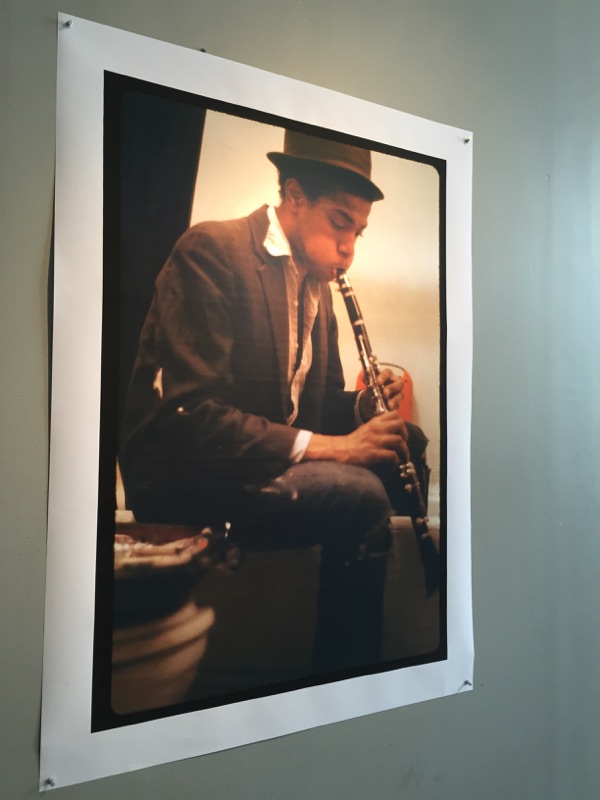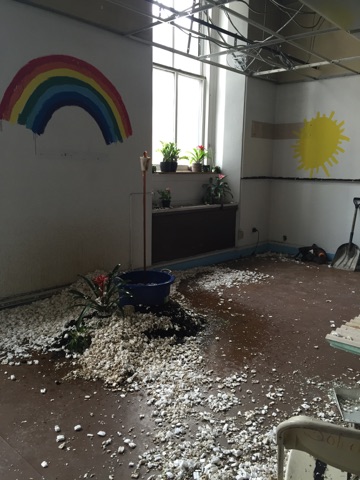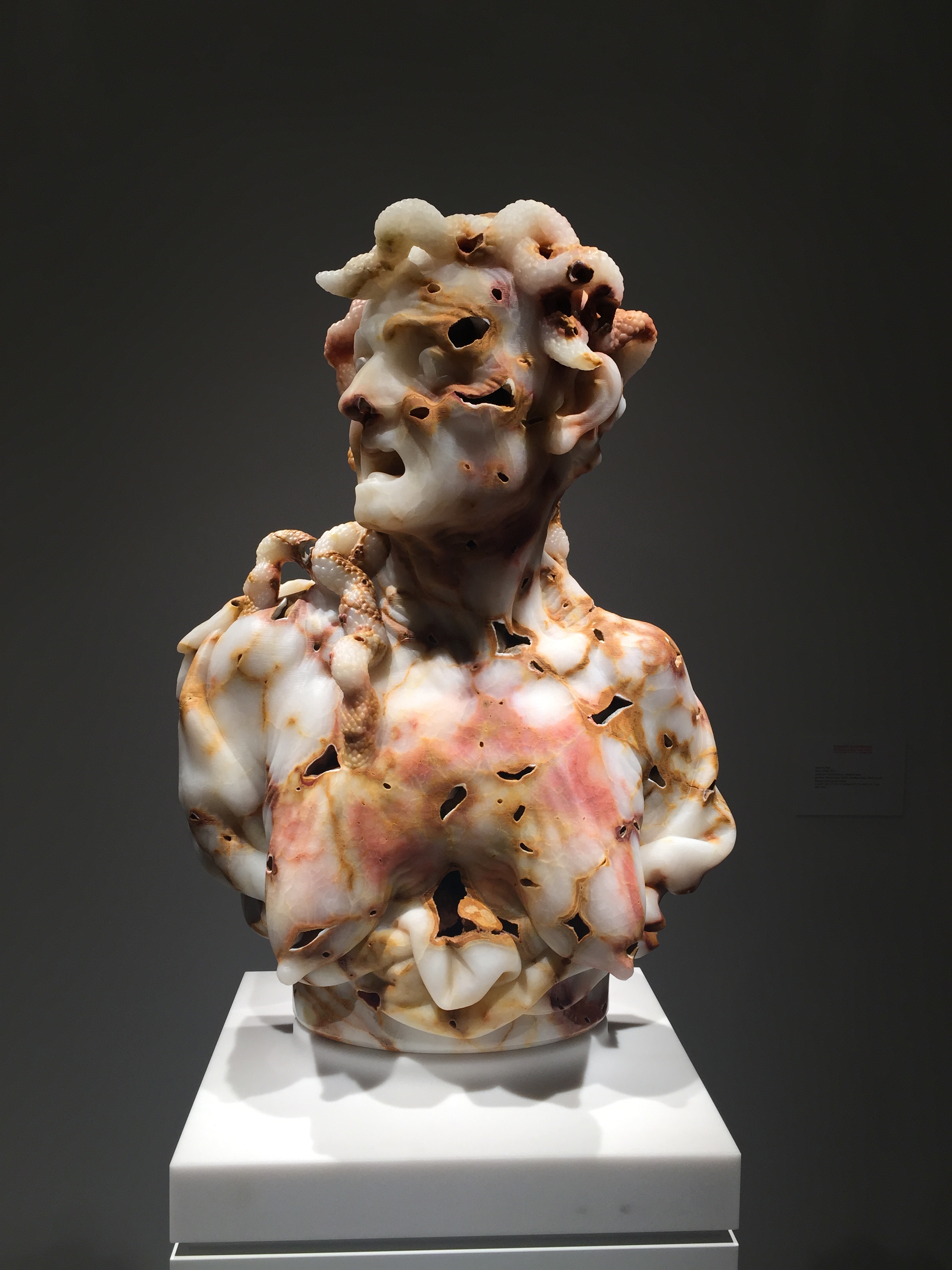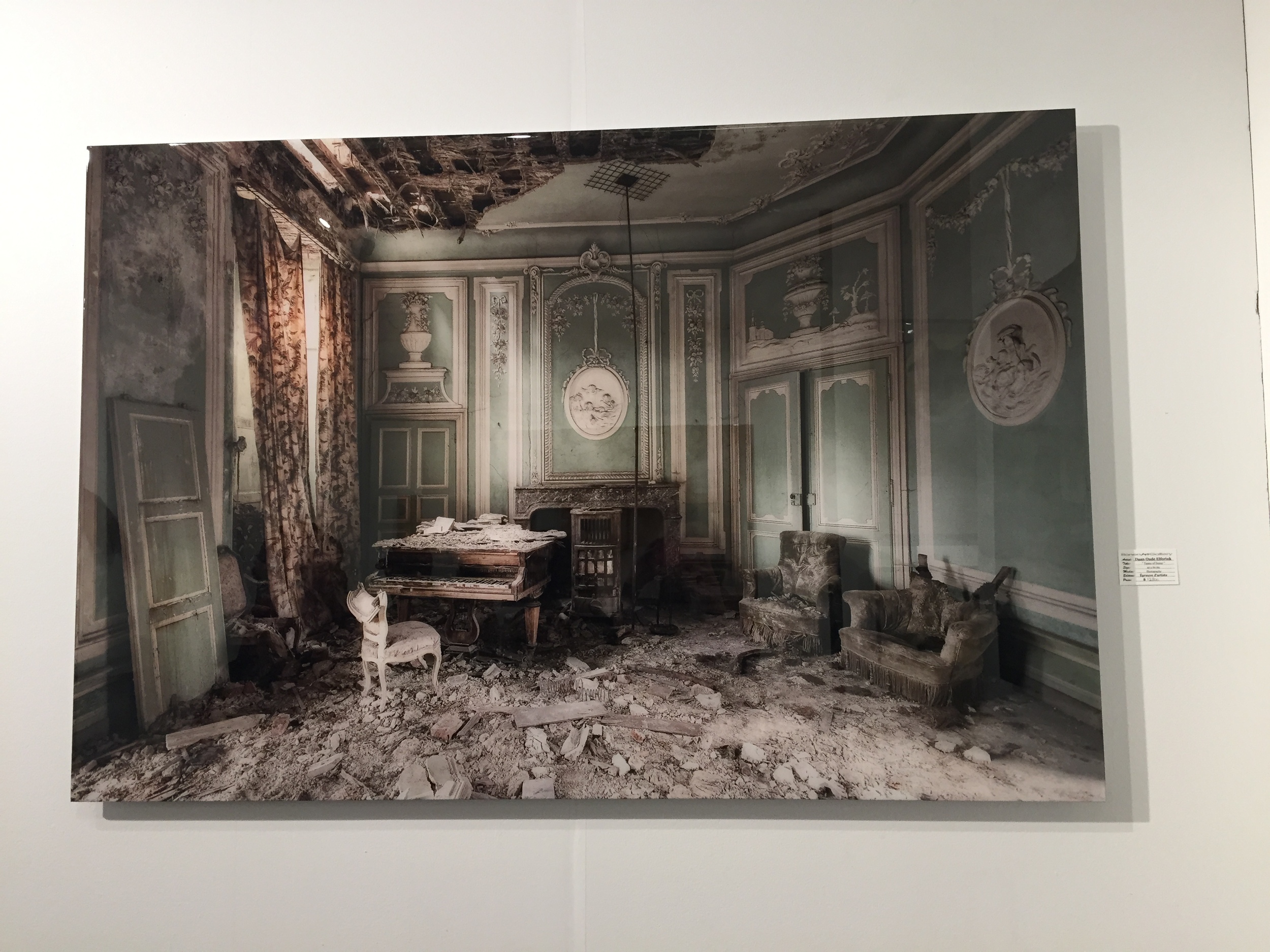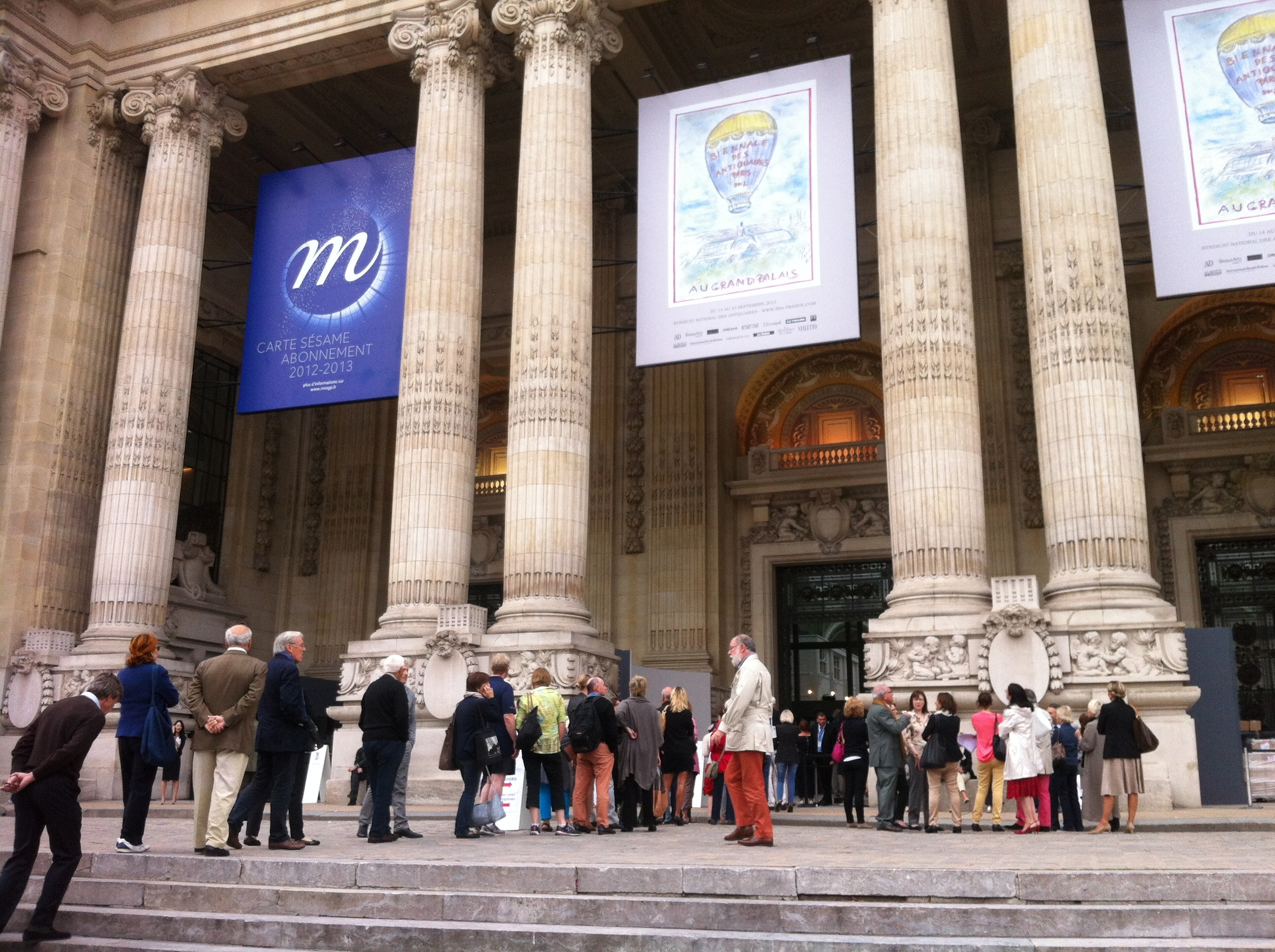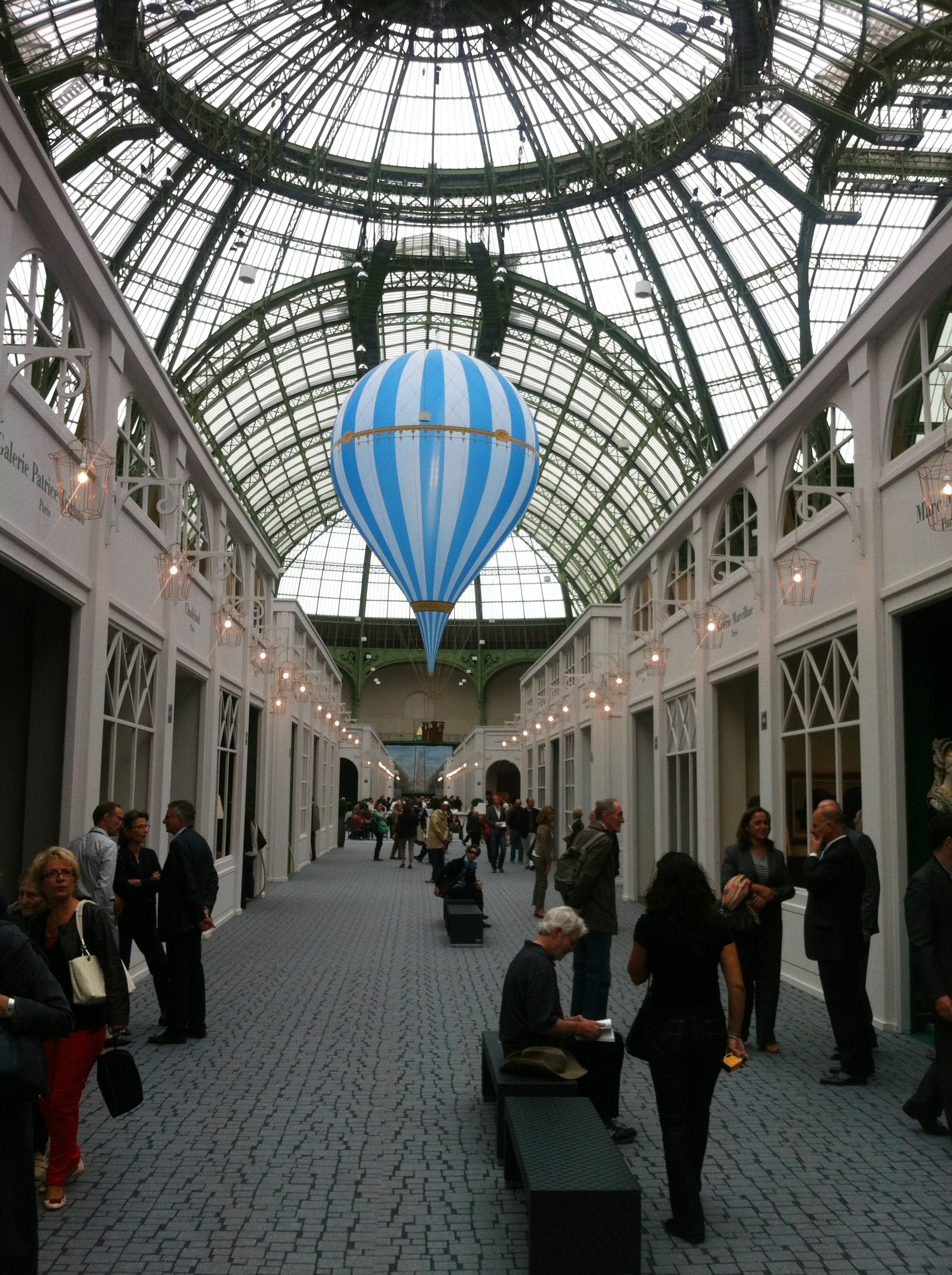OTE's staff picks for the most interesting, funny and beautiful art from Frieze Week:
JULIA LIBERMan
Senior Fine Art Appraiser
FRIEZE NEW YORK
Eddie Peake Paola Pivi
Galleria Lorcan O'Neill, Rome It’s not fair, 2013, Urethane foam, plastic, feathers
Galerie Perrotin, New York
"Art fairs often evoke common themes (perhaps a trendy period in an artist’s career or a popular motif), but only at Frieze will one identify a pattern of blue bears. Contemporary international artists Eddie Peake and Paola Pivi have realized two unrelated versions on view at this year’s fair."
COLLECTIVE DESIGN FAIR
The Haas Brothers
Unique Puffy Mini Beasts
R & Company, New York
NADA
Josh Reams
At Johannes Vogt, New York
Frieze new york
Yinka Shonibare
Butterfly Kind, 2015
James Cohen, New York
SARAH MOHRMAN
Marketing Coordinator
nicole mcleod
Staff Secretary
1:54 Contemporary African Art
Aboudia
Nouchi City Series
Galerie Cecile Fakhoury, Côte d’Ivoire
"I love how energetic and vibrant the piece is. I really captures your attention."
ART MIAMI
Mr. Brainwash
At Contessa Gallery, Cleveland
Collective design
Galerie Gosserez, Paris
kei chan
Appraiser



















